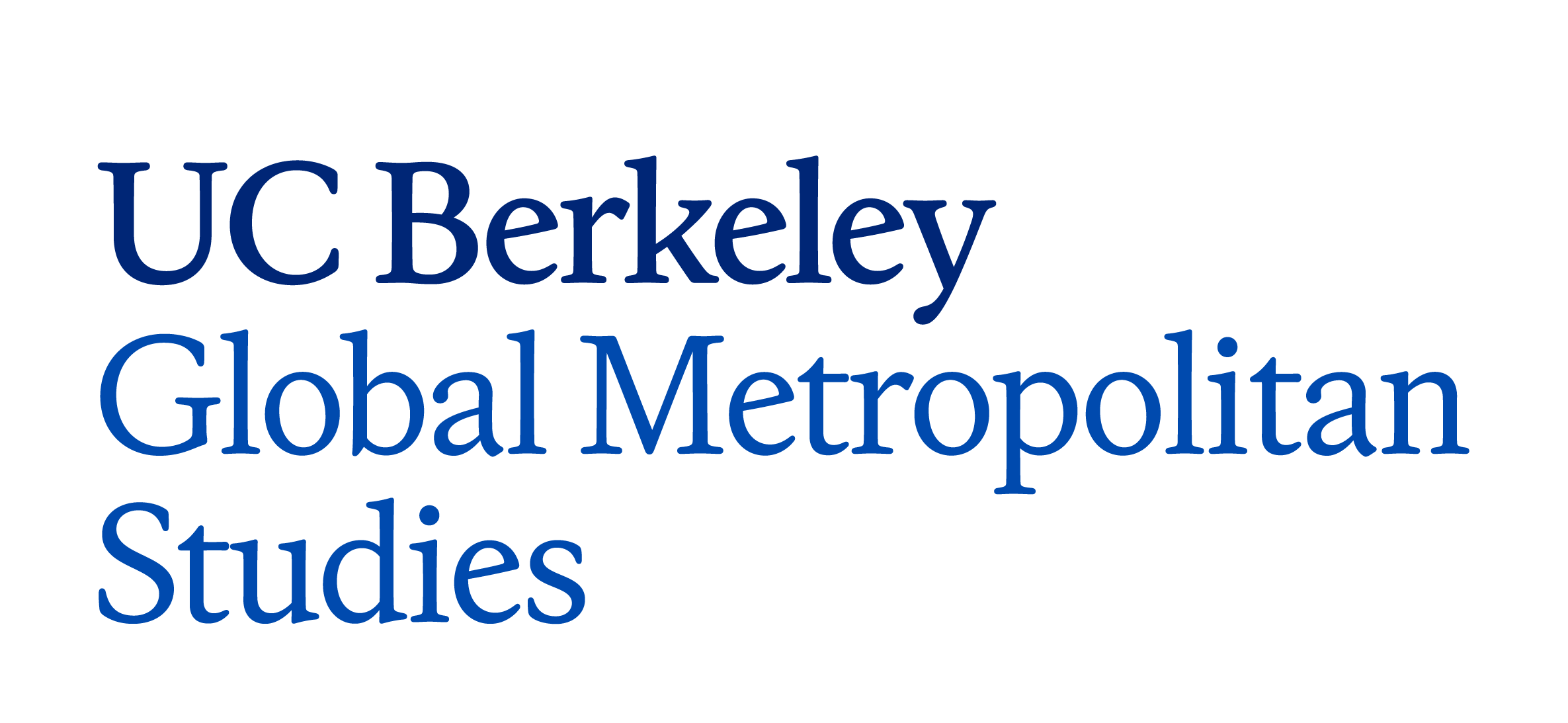As a fourth-year PhD student in City & Regional Planning, I study socio-spatial inequality, regional planning, and the political economy of ‘global city’ formation in the Paris metropolitan area, where I spent two months conducting preliminary fieldwork in the summer of 2024 with the generous support of a GMS grant. My dissertation research is concerned with the ongoing ‘Grand Paris’ project – a vast regional initiative which seeks to alleviate the longstanding isolation of the Parisian suburbs (or banlieues) by way of major investments in public transportation, the steering of private investment into historically marginalized neighborhoods, and a broader rescaling of the local system of governance so as to facilitate democratic intermunicipal coordination. Encompassing 131 total communes ranging from wealthy, well-serviced ‘Paris proper,’ all the way to poverty-stricken and culturally stigmatized banlieues home to large postcolonial immigrant populations such as Grigny and Clichy-Sous-Bois, the Grand Paris project is an unprecedented attempt by the French state to overcome the yawning socioeconomic rift that has formed over the last several decades between its affluent capital city and the disadvantaged ‘badlands’ which encircle it.
During the summer of 2024, I conducted dozens of field visits to several major development sites related to the broad Grand Paris initiative throughout the city of Paris and its sprawling suburbs, including the brand new Saint-Denis–Pleyel metro station and the Paris-Saclay research hub. In addition, I attended various public meetings and events organized bythe newly formed Métropole du Grand Paris administrative entity, and spoke with local residents set to be affected by the ongoing governmental rescaling and the attendant development of the Grand Paris Express rapid transit project. Finally,through visits to France’s National Library and the BHVP (Bibliothèque Historique de la Ville de Paris), I conducted archival research on the history of regional planning efforts in the greater Paris metropolitan area. With this combination of historical research, interviews, and fieldwork, I have sought to craft a vivid portrait of the political and institutional legacieswhich have shaped the early implementation of the Grand Paris project, and to demonstrate how the project’s lofty ambitions have thus far clashed with the thorny and fragmented sociopolitical landscape of the Paris region itself.

